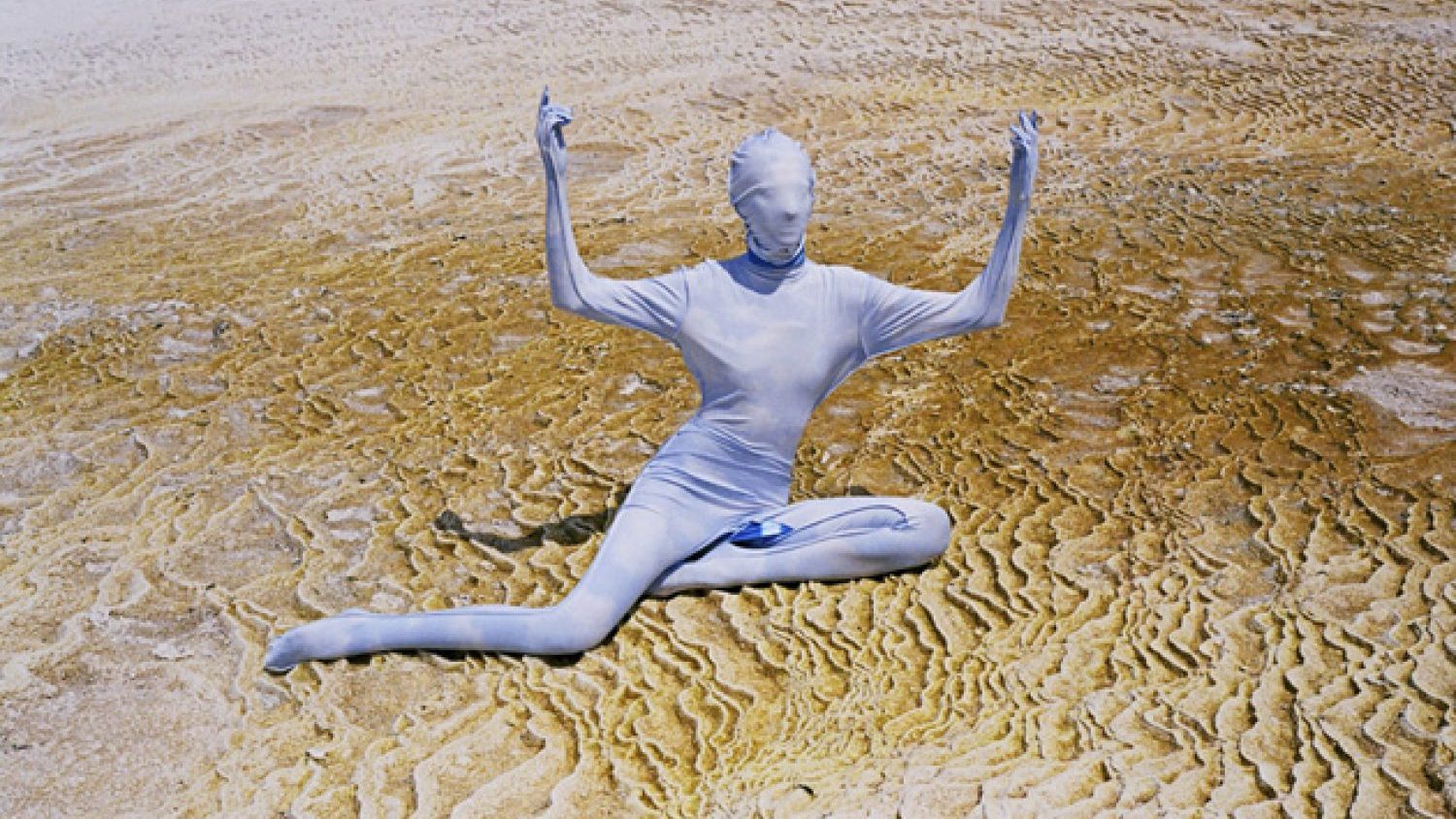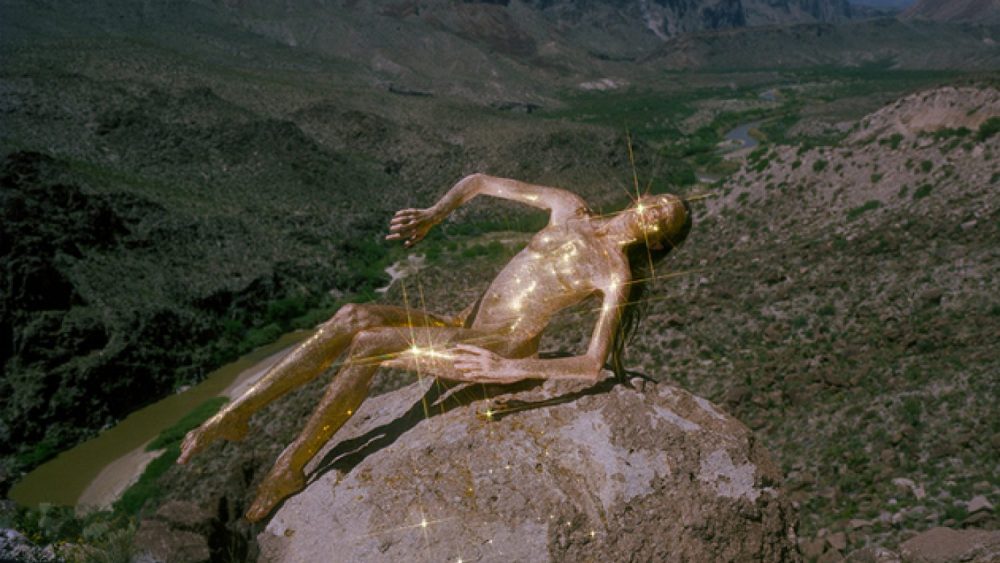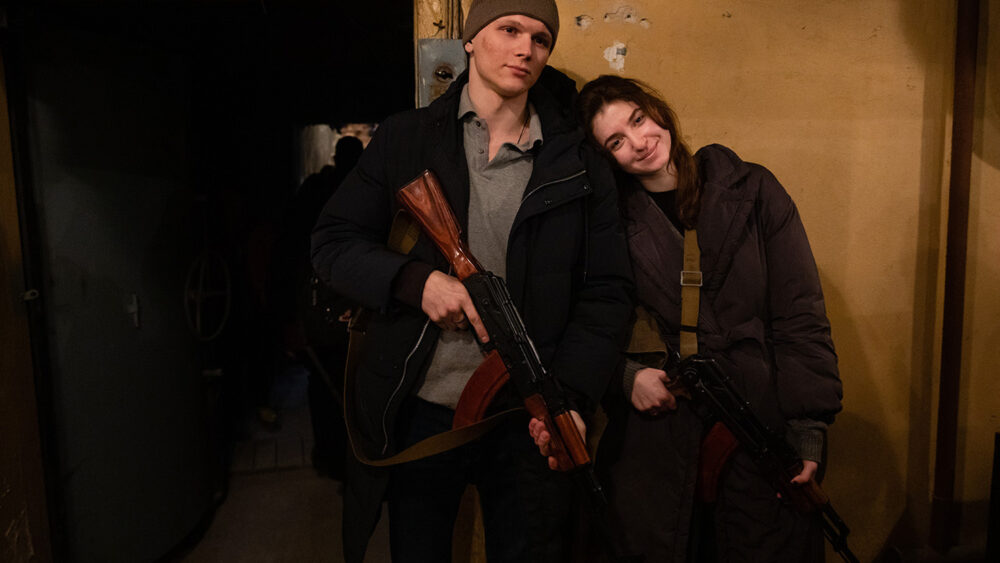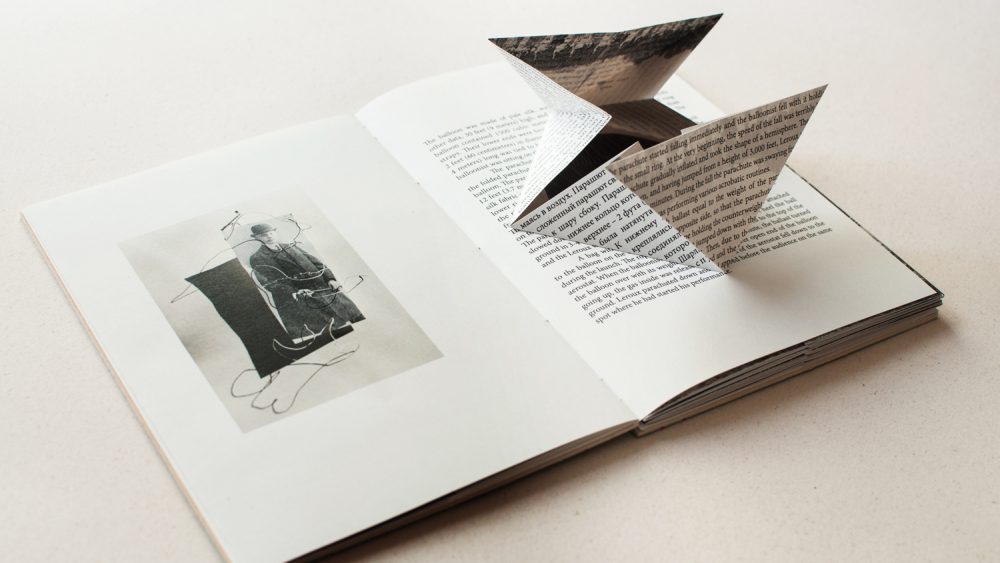FK asks – How do you fund your art projects?
The creative process for a photographer and an artist often takes considerably less time than writing projects, attracting funding, working on self-promotion, networking with the representatives of institutions and other professionals of the industry, yet usually this topic is not overly discussed. Only the results of work such as projects, exhibitions and books are those subjects that we talk about. FK launches a series of questions to find out how several photographers from Latvia and Eastern Europe deal with these challenging issues. The first question in the series is: how do you fund your art projects?
Rafal Milach:
Mix of commercial and artistic work. It has always been like that. Commercial work pays for the personal. Doing multiple things at the same time helps. Additionally grants, awards and crowd-funding activities help gathering funds for our art. A good example is Lost Territories, which was a project I did with Sputnik Photos collective. We applied all the previously mentioned options to finance the project.
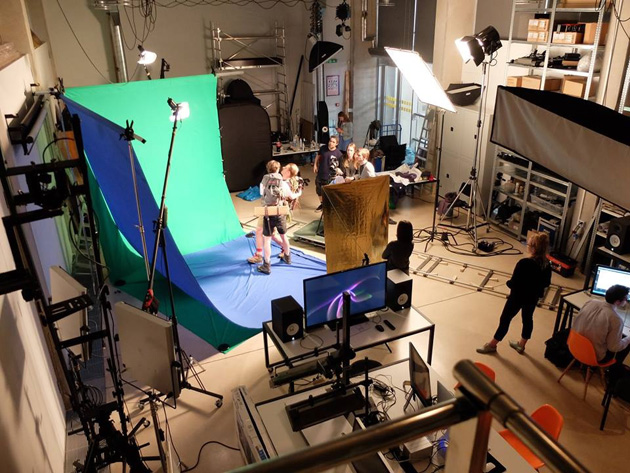
Līga Spunde:
I mostly fund my art projects attracting funding from various foundations, or on my own. On very rare occasions, if I’m lucky, a project is funded by the contracting authority. However, sometimes I must fund the work of art, advertising and rental costs at the gallery all on my own. At the moment, with a hopeful look to the future and warm-hearted faith, I mostly invest in my art projects and do not earn anything.
Jana Romanova:
As soon as I chose to work on my own ideas and projects, I preferred to find different opportunities that would allow me to be independent in what I do and still be able to pay my rent. Mainly I do different commercial assignments and I also teach. And, of course, I apply for different grants, if I think that my ideas can be interesting to the respective institution. Probably the best example would be a grant and a residency I applied for in Wales in 2014. I had an idea that I wanted to make an experiment on changing my own national identity and was looking for the right place to do it. Eventually, I found an open call for the topic “What does it mean to be European?” by ffotogallery in Cardiff, which they made as part of the European Prospects project. I thought it was a perfect topic and a very good place to make an experiment and just applied for it, writing about my idea and also my previous experience. After a Skype interview with finalists, they chose me so that I could do it in 2015. This year we’re going to have an exhibition and I hope there will be a lot of interesting discussions around the topic of national identity during the opening days.
Viktorija Eksta:
In various ways – I work for some extra assignments not related to photography; I apply and get some funding through scholarships or royalties; I also host and lead workshops and help my parents grow vegetables… I don’t work in advertising and I don’t photograph weddings. I would be happy to sell some works, but I haven’t worked on it because of the lack of time.
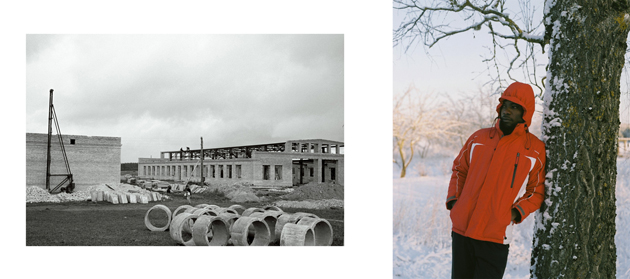
Birgit Püve:
I do quite a lot of magazine work. It can be really exciting when the long-prepared magazine work finally comes out in a material form. The teamwork consisting of contributions by the writer, photographer, editor, and designer can create something really fresh and inspirational. The earnings I get from commissions and magazine work I use for living and funding my personal projects. We can also apply for funding at the Estonian Cultural Endowment, which is really helpful. While working on a book, I sold some of my works to an Estonian art collector to get additional funding.
Alnis Stakle:
There is no system. Of course, the funding provided by the State Culture Capital Foundation is a crucial form of support at times, yet it is always unpredictable. Unfortunately, most of the activities take place outside Latvia and then the funding is provided by the respective institutions. I cannot say that selling my works would be an essential source of income, but usually after the works get published in some of the big media such as Wired, British Journal of Photography, OjodePez, The Sunday Times, etc., there is an unexpectedly big interest in buying them.
Ekaterina Anokhina:
I work in commercial photography to make a living, so I fund my work myself.
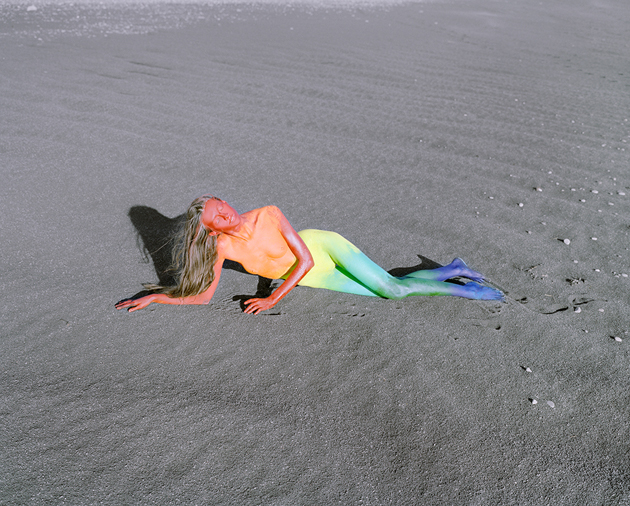
Synchrodogs:
We create art projects, exhibit them in galleries and sell prints. At the same time, we shoot fashion advertisements, advertorials, magazine shoots, etc. It allows us to fund our personal projects. Sometimes we get help from museums or art foundations where we plan to exhibit, like Dallas Contemporary in 2015 or Pinchuk Art Centre in 2013. Even Vice magazine helped us with art shooting we did for them in Turkey back in 2012.
Andrew Miksys:
Sometimes I fund the shooting part of my projects myself. At other times, I’ve received grants from foundations like Fulbright, the Guggenheim Foundation, and Aaron Siskind Foundation. These grants were great opportunities to focus solely on my projects. Completing a book project and preparing an exhibition takes extra effort and funds. Scanning, retouching, design, and printing are several large expenses that need to be paid for at the end of a project. A residency grant from Light Work helped a lot to prepare my files to print my last two books. Then I like to do whatever I can to pre-sell books to pay for production costs. I used to do this on my own by sending out emails and in recent years I’ve used Kickstarter.
Reinis Hofmanis:
Whilst the project is in process, I mostly fund it on my own. Income from commissioned work covers the creative work. Sometimes the State Culture Capital Foundation provides funding. In exhibitions, where I am invited to participate, there is a certain budget provided to cover preparation works. Only on very rare occasions my works are bought in Latvia. If the exhibition takes place in Germany or France, there are more frequent offers to buy the works.
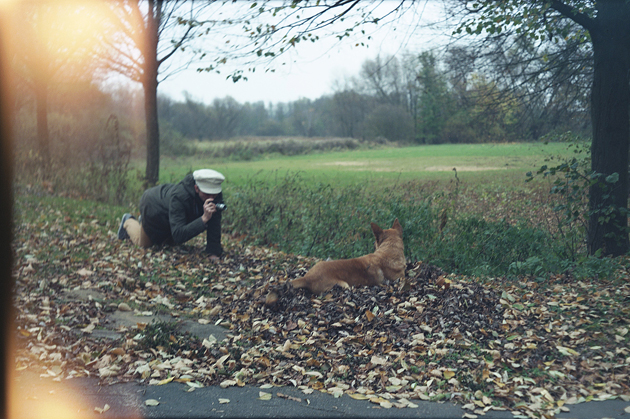
Sergiy Lebedynskyy:
Until now I was always investing my own money. My projects are all linked, the goal is not to randomly jump from one story to another, but to build up a more generalized view on disturbing topics. In my opinion, succeeding in this will make your projects relevant for a long period of time which means the projects will work for you in future, also financially. Most of money I raise by selling prints – at exhibitions, to people who have bought my book and want to have a print, at portfolio reviews (Fotofest Houston Meeting Place was very successful in terms of selling works). I had no experience in writing grant proposals for art projects until I participated in Donald Weber’s workshop Risky Business this May. It was an eye-opening experience for me, and I hope to use this kind of funding, too.
Ieva Raudsepa:
On a daily basis, I work at the International Summer School of Photography (ISSP). From time to time I do some other work, which to a great extent helps to fund my own projects and cover the costs of material, for example, film, equipment, etc. Moreover, whenever it is possible, I try to apply for grants provided by the State Culture Capital Foundation.
Kārlis Bergs:
When I studied at the University of Brighton, work on projects was part of my everyday. Now, when I’m back in Latvia, it is a bit difficult to work on my projects. I apply for the funding provided by the State Culture Capital Foundation.
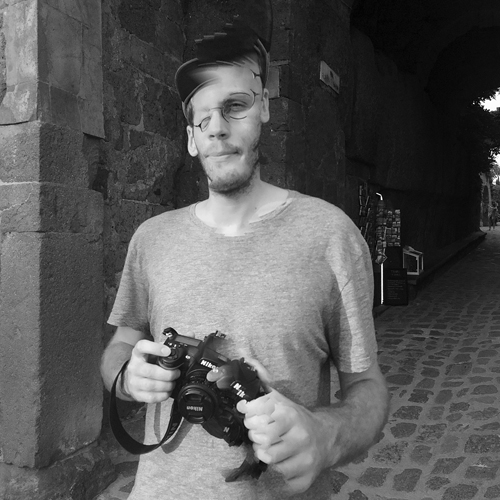
Reinis Lismanis:
I sell my works very rarely; therefore I cannot count on that sort of income at the moment. But I can also look at it positively, since I don’t have to care about the “market value”. Of course, most of my creative practice I fund on my own, working as a commercial photographer, an assistant to more experienced artists, or as a project manager. All these activities have been and continue to be very crucial for my growth as an author. Other projects, including exhibitions or specific stages during the creative process, so far have been supported by the State Culture Capital Foundation.
Katarzyna Majak:
In most cases I finance my work on my own. In Poland there is only one state scholarship available for artists, and once a year a few photographers receive it. I was lucky to get the Ministry of Culture scholarship to fund part of my Women of Power project. More than half of the project I needed to fund by myself anyway, and as I am now working on the book, I plan a crowd-funding campaign to be able to publish it. I sold a couple of pieces via one of my galleries, and via a photo auction that was organized in Poland. Some of my works I have managed to sell abroad. Then I became a curator of a private photo collection in Poland and… selected, negotiated and bought pieces from other artists, which is a lot of fun and a lot of satisfaction.

Anastasia Khoroshilova:
I have been selling my work through an art gallery for more than 12 years. I was lucky to meet my gallerist while I was studying photography. Additionally, I work on commissions that are compatible with my artistic practice.
Danila Tkachenko:
For funding my projects, I just do my work and show it to professional audience, which, of course, includes applications for competitions. The series Restricted Areas received quite a lot of awards, including the Emerging Photographer Fund and Lensculture, which provided financial support. Another award was the European Publishers Award for Photography, which resulted in publication of the series as a book in 5 versions for 5 languages. I am very happy about how the book is made, and very grateful to Mario Peliti who was the project coordinator last year. This book is already sold out in English, and I hope that there will be the second edition. I also have great permanent partners, galleries in different countries. This collaboration is quite successful and helps me support my new projects.
Peter Puklus:
I try to stand on different legs. My works are represented by three different galleries: Robert Morat Gallery in Berlin, Conrads Gallery in Düsseldorf and Trapéz Gallery in Budapest. They sell works at art fairs and to private collectors from which I receive my share. The other source of income is a graphic design company YourPrezi, where I am a co-founder and a lead designer. We are focusing on creating fancy and outstanding presentations to natural persons and companies all around the globe. We use Prezi only – this a presentation tool which enables you to think outside the box. Imagine an endless canvas where you can place all your content (images, videos, texts, sound and all kind of graphic elements) and you are free to zoom, move tilt or shift between them endlessly. The third source is commissions from different agencies. I prefer art commissions like the 2015 Unseen Campaign or my current commission from a brick-factory. The latter leads to my new and ambitious project. Also, artist-in-residencies are great sources not only to travel and work abroad, but sometimes they are interesting financially, too.
